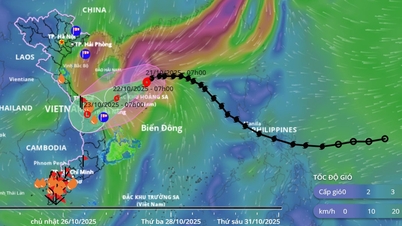The US and many European countries are suffering from extreme heat, with some places issuing red warnings about high temperatures.
The extreme heatwave began hitting many southern European countries on July 13. The European Space Agency (ESA), which operates satellites that monitor land and sea temperatures, said Italy, Spain, France, Germany and Poland were all affected by the heatwave.
The Italian Meteorological Association named the heat wave Cerberus, after the three-headed dog that guards the underworld in Greek mythology.
The country has issued red heat alerts for 10 cities, including Rome, Florence and Bologna. Temperatures in Europe next week could break the current record of 48.8°C, set in Sicily in August 2021.
Spain, Cyprus and Greece have also issued heat warnings. Greek authorities are expecting temperatures of 44°C (114°F) over the weekend and have ordered a halt to all outdoor activities between 12pm and 5pm in areas with dangerous temperatures, and ambulances are deployed at major tourist sites.
The heatwave in Europe occurred when a high pressure band originating from North Africa hit the Mediterranean, combined with climate change, making heatwaves more frequent.

A man sprays water on his body to cool off in Naples, Italy, July 10.
Meanwhile, the heat wave in the southwestern United States continues to intensify, spreading to Washington state. US officials are issuing dangerous heat warnings affecting at least 93 million people.
Texas has set a new record for electricity consumption as residents crank up air conditioning to cope with the heat. About 27 million people will be exposed to a heat wave with temperatures reaching 43°C (111°F) in the coming days, the US National Weather Service (NWS) said.
Today is going to be an especially hot day in the US, with temperatures expected to top 46°C. The heat in some areas will continue into next week. Many places could also hit all-time highs.
The heat wave is the result of a trough of high pressure that has caused temperatures to soar, the NWS explained, calling it “one of the most active” such a trough in the area. “This historic heat wave shows no signs of ending anytime soon,” the agency warned.

People cool off with mist sprayers along the sidewalk in Las Vegas, Nevada, USA on July 14. Photo: AFP
The world just experienced its hottest June on record, with average temperatures 0.5 degrees Celsius higher than the 1991-2020 period, surpassing the record set in June 2019, the EU's Copernicus Climate Change Service said.
Copernicus's findings are based on computer analysis using billions of data from satellites, ships, aircraft and weather stations around the world. The nine hottest Junes in nine years are evidence that the climate crisis is pushing temperatures to unprecedented levels, Copernicus said.
On July 10, the World Meteorological Organization (WMO) announced that the first week of July was the hottest week in history.
"The unusually warm weather in June and early July occurred against the backdrop of a developing El Niño, which is expected to bring further temperature extremes," said Professor Christopher Hewitt, director of climate services at WMO.
"This is alarming. It's hard to imagine what summers will be like in 20 years. This is exactly what global warming is all about," said Jennifer Marlon, a climate scientist at the Yale School of the Environment.
Duc Trung (According to DW, BBC )
Source link


![[Photo] Chairman of the Hungarian Parliament visits President Ho Chi Minh's Mausoleum](https://vphoto.vietnam.vn/thumb/1200x675/vietnam/resource/IMAGE/2025/10/20/1760941009023_ndo_br_hungary-jpg.webp)
![[Photo] National Assembly Chairman Tran Thanh Man holds talks with Hungarian National Assembly Chairman Kover Laszlo](https://vphoto.vietnam.vn/thumb/1200x675/vietnam/resource/IMAGE/2025/10/20/1760952711347_ndo_br_bnd-1603-jpg.webp)
![[Photo] Prime Minister Pham Minh Chinh meets with Speaker of the Hungarian National Assembly Kover Laszlo](https://vphoto.vietnam.vn/thumb/1200x675/vietnam/resource/IMAGE/2025/10/20/1760970413415_dsc-8111-jpg.webp)
![[Photo] Solemn opening of the 10th Session, 15th National Assembly](https://vphoto.vietnam.vn/thumb/1200x675/vietnam/resource/IMAGE/2025/10/20/1760937111622_ndo_br_1-202-jpg.webp)









































































































Comment (0)